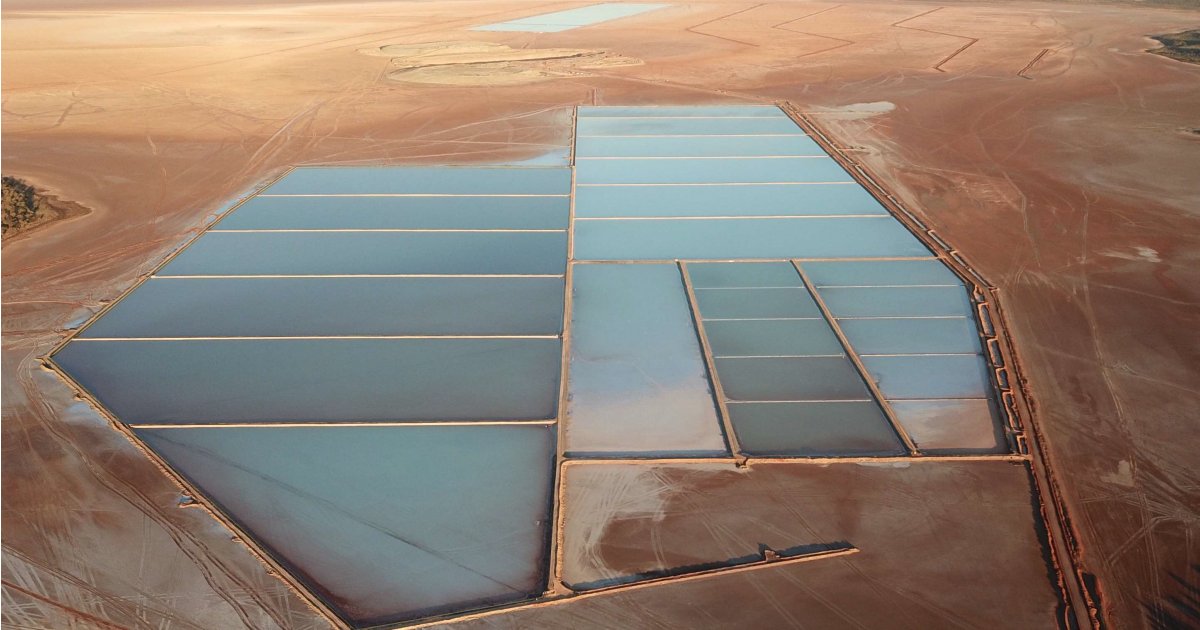The Clean Energy Finance Corporation announced yesterday it is investing in a Sulphate of Potash (SOP) project in Western Australia harnessing the energy of the sun.
Sulphate of Potash, also known as potassium sulphate, was originally used as diuretic (urine output booster) and sudorific (a substance that induces sweating) way back when, but these days it’s most commonly used as a fertiliser. SOP is particularly attractive for this application as it doesn’t contain chloride, which is beneficial in areas with saline soils or where irrigation water may have high chloride content.
Much of the world’s SOP is made using the Mannheim process, which involves the reaction of potassium chloride with sulphuric acid at temperatures above 600ºC. It’s an energy intensive process and that often means emissions-intensive too.
But Salt Lake Potash Ltd (SO4) says its brine operation at Lake Way in Western Australia’s Goldfields region could slash emissions from SOP production by more than 30 per cent compared with non-brine production methods.
Using Solar Energy For SOP Production
The project involves the use of solar energy in two different ways. First, the brine will be transported through a series of solar evaporation ponds, resulting in potassium-rich harvest salts. Those salts will then be processed in a production facility partly powered by a 5MW solar power installation and a 2MW battery system. SO4 is also looking into the potential for installing wind turbines on-site and will undertake other clean energy initiatives.
CEFC: Exciting New Australian Industry
The Clean Energy Finance Corporation was obviously impressed with the project’s prospects and is providing a senior project finance loan of up to US$47 million to the company as part of a US$138 million syndicate senior debt facility.
“Low emissions SOP production is an exciting new Australian industry with the potential to substantially reduce greenhouse gas emissions associated with the hard-to-abate agricultural sector,” said CEFC CEO Ian Learmonth.
According to Mr. Learmonth demand for Sulphate of Potash outside of China is growing by around three per cent a year.
“Using sustainably produced SOP means we can continue to decarbonise agriculture while meeting the growing demand for food,” he said. “At the same time, we are supporting the development of a new export industry for WA, providing another great example of the economic benefits of transitioning to lower emissions.”
Salt Lake Potash already has buyers lined up, with 224ktpa of binding offtake agreements in place.
The Lake Way project’s Stage 1 & 2 evaporation ponds are already in operation. The processing plant is currently under construction, with commissioning expected to kick off in Q4 this year and first production slated for late in Q1 2021. The company also has its eye on expansion, with the potential development of an “SOP province” through multiple lakes and notes several lakes in the general region have good access to transport, energy and other infrastructure.


 RSS - Posts
RSS - Posts



That location’s a bit beyond the black stump. When they say there is good access to “energy and other infrastructure” I presume they are referring to the goldfield microgrid that’s out there.